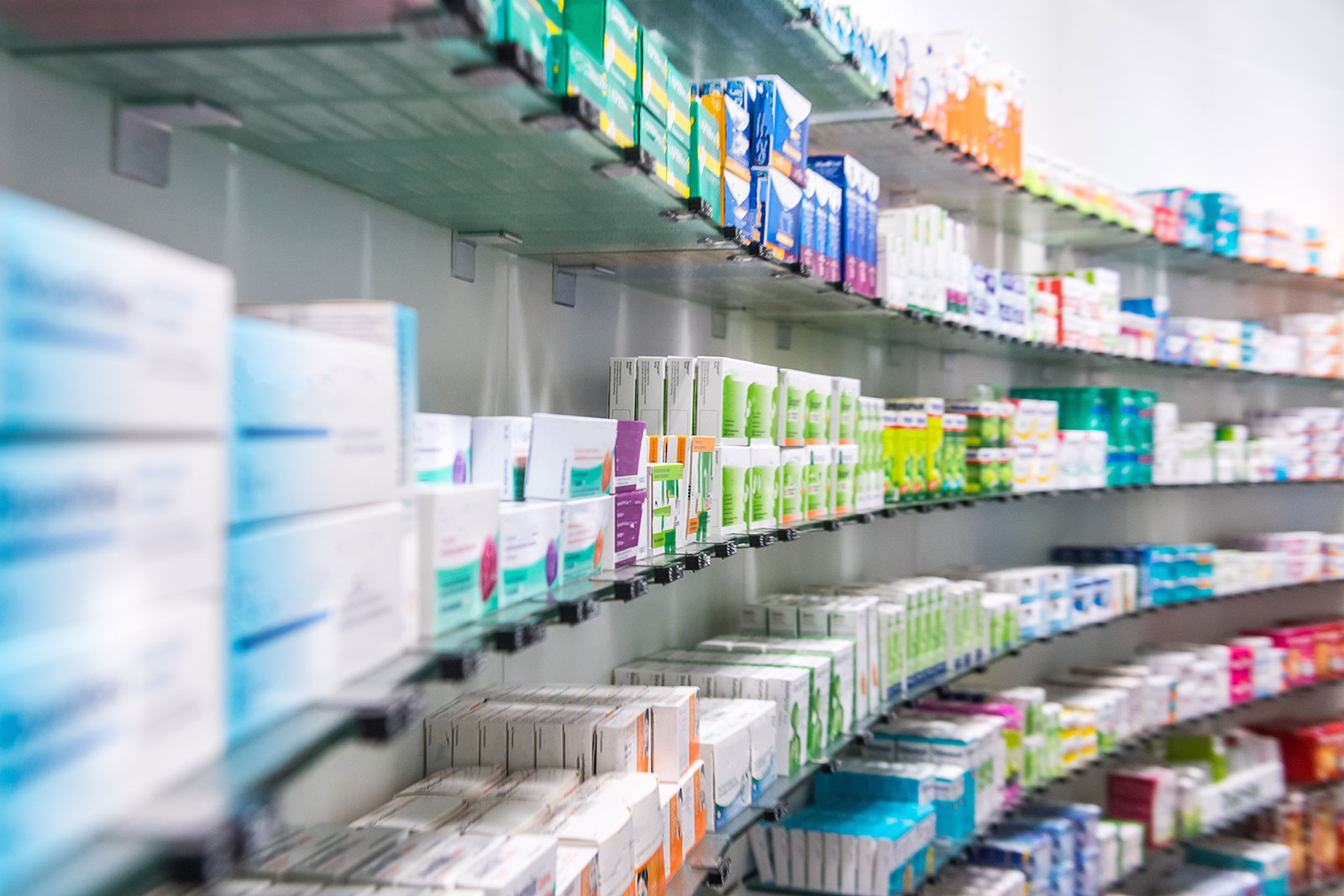Scientific Dossier Writing
Scientific Dossier Writing
Scientific Dossier Writing is an integral part of the medicinal product development and approval process.
A Scientific Dossier is a comprehensive document that provides detailed information about the safety, efficacy, quality, and manufacturing of the medicinal product. The process of obtaining a marketing authorisation in the EU involves several steps. It begins with the submission of a marketing authorisation application to the European Medicines Agency (EMA) in the centralised procedure or to the relevant national regulatory agencies in the MRP/DCP or national procedure, which includes the Scientific Dossier. The EMA and national regulatory agencies require a comprehensive scientific dossier as part of the drug approval process in the EU. The EMA or the relevant national agencies (depending on the procedure) then evaluate the application, a process that involves a rigorous scientific review.
The International Council for Harmonisation of Technical Requirements for Pharmaceuticals for Human Use (ICH) provides guidelines for the Common Technical Document (CTD), which is an internationally recognised format for the Scientific Dossiers. The dossiers provide the regulatory agencies with all necessary data and information needed to evaluate the safety and effectiveness of the medicinal product, and are generally composed of several key sections:
- Regional and Administrative Information: includes administrative information about the Marketing Authorisation Holder (MAH), the product, specific documents for the regulatory region where the application is being submitted, information on the legal basis, product information, product development history, and other pertinent administrative documents. Key important documents in this section are the Summary of Product Characteristics (SmPC) and Patient Information Leaflet (PIL): these integral documents provide detailed information about the medicinal product, including its indications, posology, contraindications, and adverse reactions. The SmPC is intended for healthcare professionals and is an essential component of the medicinal product's product information, while the PIL provides the necessary information for patients, including how to take the medicine and potential side effects.
- Clinical, Non-Clinical and Quality Overviews and Summaries: provide the overview of the medicinal product development process, highlighting the important aspects of the clinical and non-clinical studies and their results as well as its safety and efficacy
- Quality: includes detailed information about the quality of the medicinal product, including its manufacturing process, specifications, and analytical methods, the product purity and stability assessments
- Nonclinical Study Reports: includes nonclinical study reports that evaluate the safety, pharmacokinetics, and pharmacodynamics of the medicinal product in various animals, in vitro and other relevant non-human studies
- Clinical Study Reports: includes clinical study reports that evaluate the safety and efficacy of the medicinal product in humans. The clinical study reports should include information about the study design, patient population, statistical analysis, and adverse events associated with the medicinal product

Any Questions?
Do you have any questions? We are here to help you!
Let us know how we can lighten your way to your regulatory success!
